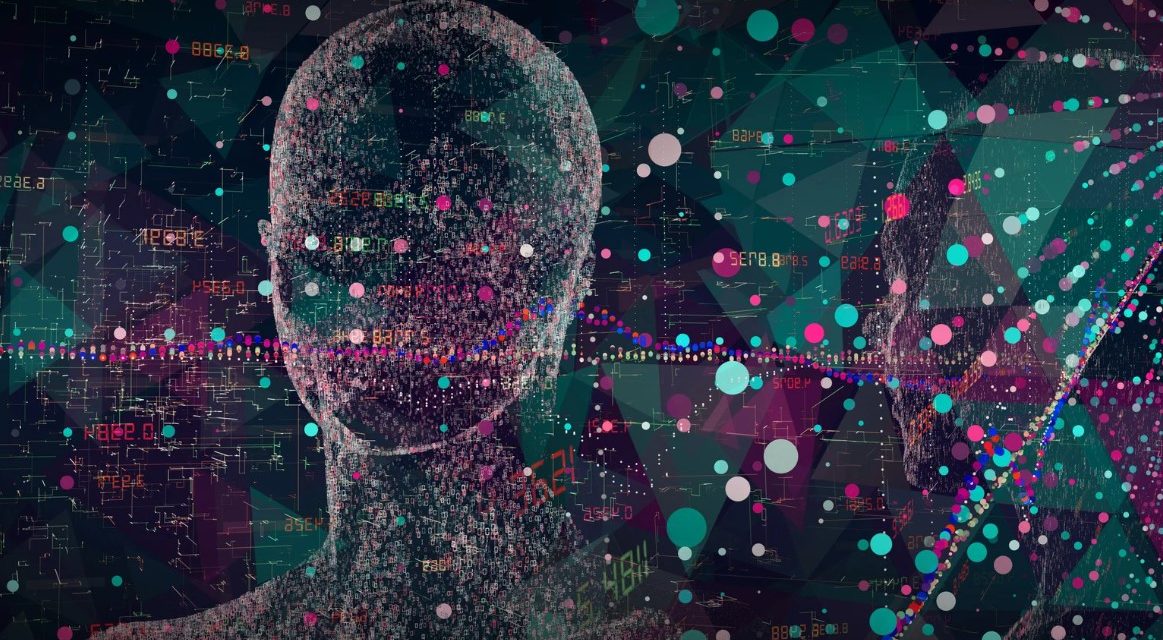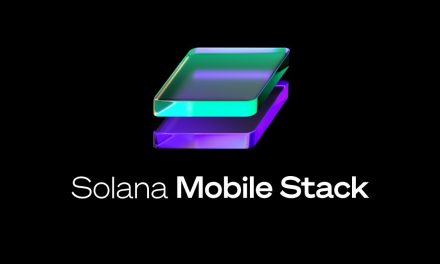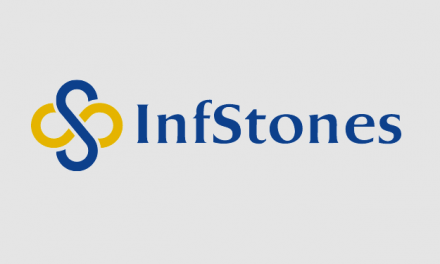In a nondescript office in San Jose, California, a team of data scientists at FICO—the company behind the ubiquitous credit score—quietly rewrote the playbook for ethical AI governance. By anchoring artificial intelligence development to a blockchain-based accountability system, they’ve achieved what many thought impossible: a 90% reduction in AI model recalls and support issues while ensuring 100% compliance with ethical standards. This breakthrough arrives at a critical juncture. As regulators scramble to rein in AI’s risks and public skepticism deepens, FICO’s model offers a blueprint for bridging the chasm between innovation and accountability.
The Trust Crisis in AI
AI’s “black box” problem has haunted the industry for years. Models digest terabytes of data to make decisions about loans, healthcare, and employment, yet even their creators often struggle to explain their logic. A 2023 Stanford Institute for Human-Centered AI study revealed that 78% of enterprises lack clear audit trails for their AI systems, while the EU’s forthcoming AI Act demands rigorous documentation of high-risk models.
Blockchain enters this landscape as a natural solution. Its immutable, timestamped ledgers provide a forensic record of every decision—from data inputs to algorithmic tweaks. For FICO, the marriage of blockchain and AI wasn’t about chasing trends; it was a survival strategy. “When your models determine whether someone gets a mortgage or a small business loan, ‘trust us, we’re experts’ isn’t enough,” explains Dr. Scott Zoldi, FICO’s Chief Analytics Officer.
Inside FICO’s Blockchain-AI Fusion
The Genesis of a Hybrid System
FICO’s journey began in 2018, when internal audits revealed inconsistencies in AI model documentation. Data scientists were using a patchwork of Word documents and spreadsheets to track variables, training data, and ethical checks—a system prone to human error. By 2021, this ad hoc approach collided with escalating regulatory demands.
The solution emerged from an unlikely pairing: FICO’s data scientists and its blockchain governance team. Together, they built a private blockchain network that automatically records every model development step:
- Model DNA: Variables, algorithms, training data hashes
- Human Input: Scientist annotations, peer reviews, ethics committee approvals
- Version Control: Immutable logs of changes, including rollbacks and corrections
Operational Impact
- 90% Fewer Model Recalls: By catching biases and errors during development (e.g., a latent variable that unfairly penalized gig workers).
- 2x Faster Deployment: Automated compliance checks replaced weeks of manual audits.
- Zero “Shadow AI”: Blockchain integration with CI/CD pipelines prevents unauthorized models from reaching production.
Why This Matters Beyond Finance
Technical Perspective
“This isn’t just about traceability,” says Dr. Tim Estes, CEO of Digital Reasoning. “FICO’s system creates a bidirectional feedback loop. If a model starts drifting, the blockchain helps pinpoint whether it’s due to data decay, concept drift, or an undocumented change.”
Regulatory Angle
The SEC’s recent $1B AI oversight proposal underscores the stakes. “Regulators want proof that models behave as intended—not just today, but three years from now,” notes former CFTC chairman Christopher Giancarlo. “Blockchain’s tamper-proof records could become the gold standard for AI audits.”
Market Implications
The timing is fortuitous. With the global market for AI governance tools projected to hit $5.6B by 2027 (Gartner), FICO has pivoted from credit scores to selling its blockchain-AI platform to banks and insurers. Early adopters like HSBC report 40% faster compliance reviews.
How the System Works
- Smart Contracts as Enforcers:
- Predefined development stages (data ingestion, feature engineering, ethics testing) are codified into smart contracts.
- A model progresses only when previous steps are validated and logged.
- Cryptographic Anchoring:
- Training data and model binaries are hashed and stored off-chain, with their fingerprints embedded in the blockchain.
- Any post-deployment data drift triggers automatic alerts by comparing live inputs to original hashes.
- Bias Detection Protocol:
- Latent features are cross-referenced with fairness metrics (e.g., demographic parity scores) before model approval.
- Suspect variables are flagged for human review using zero-knowledge proofs to protect sensitive data.
Ethical and Regulatory Examination
Bias Mitigation
FICO’s blockchain ledger doesn’t just track decisions—it exposes them. In 2022, the system identified a fraud detection model that disproportionately flagged transactions from immigrant-owned businesses. The flawed variable was traced to a third-party data vendor, leading to a vendor blacklist and model retraining.
Environmental Trade-offs
Critics highlight the energy cost of blockchain. FICO counters that its private, proof-of-authority network consumes 99% less energy than public chains like Ethereum. “It’s about choosing the right tool,” Zoldi argues. “We’re not minting NFTs; we’re building audit trails.”
A New Era of Accountable AI
- Regulatory Catalysts:
The EU’s AI Act and California’s Automated Decision Systems Accountability Act may soon mandate blockchain-grade audit trails for high-risk AI. - Industry Ripple Effects:
Healthcare startups like BurstIQ are adapting FICO’s framework to track AI-driven diagnoses, while Salesforce integrates similar tools for marketing AI. - Investor Shift:
Venture capital is flowing toward “explainable AI” startups. In Q1 2023, $2.3B was invested in AI governance tech—a 170% YoY increase (PitchBook).
Trust as a Competitive Advantage
The experiment of FICO reveals a paradigm shift: in the age of mistrust, transparency isn’t a cost—it’s a differentiator. As Zoldi puts it, “Blockchain isn’t here to police scientists. It’s here to free them to innovate without hesitation, knowing their work is bulletproof.” For industries where AI errors carry existential risks (finance, healthcare, criminal justice), this fusion of old and new tech might just be the accountability layer the world needs.





